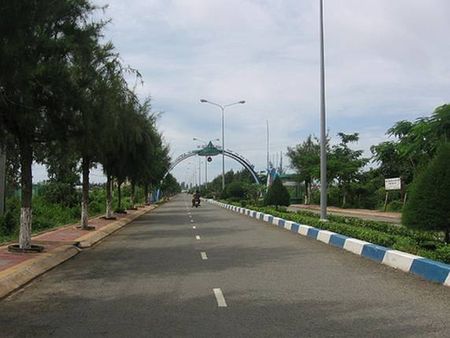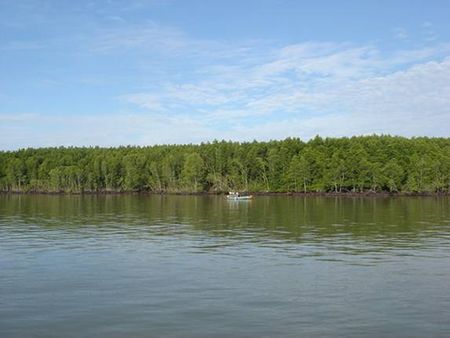 |
Gio has eight temples, 2 temples of the Pure Land sect Lay; contain only two German (Can Thanh Commune), Tathagata Quang Minh Temple (Binh Khanh commune) and Temple of Nhon Hoa (Ly Nhon commune) is tu Dr. Abbot. Thanh Phuoc Pagoda (Pagoda Tree Me) Can Thanh Commune is more ancient temple.
Potential phytosanitary populations particularly rich and diversified along with the ability to restore and care for human magic has been revived Can Gio - a waste land by toxic chemicals in war-zone nature conservation, a major tourist attraction and foreign tourists.
Conservation area Gio mangrove forest (Can Gio district, Ho Chi Minh City) is one of the typical mangrove forests in tropical coastal areas, not only offers a wide range of forest products but also habitats of many marine species, waterfowl, migratory birds and several species of terrestrial amphibians.

Không có nhận xét nào:
Đăng nhận xét